Backpacking internationally can be one of the most rewarding and unforgettable experiences of your life—but it also comes with added layers of risk. Trekking internationally requires planning beyond purchasing travel accident insurance. You're venturing into unfamiliar terrain, often without reliable access to emergency services or even clean drinking water. You combine international travel and wilderness hiking, and suddenly you’ve got some additional safety concerns you might not have considered.
Here are some tips, drawn from my real-life travel experiences in places like Scotland and Costa Rica, on how to stay safe and smart when hiking or backpacking abroad.
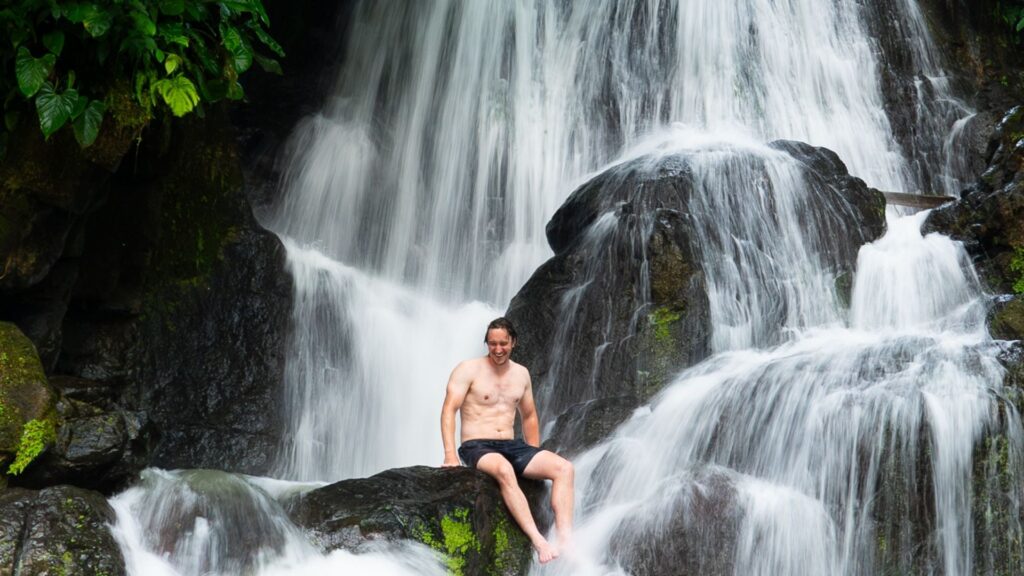
Travel Accident Insurance
Accidents happen. Whether it's an injury, illness, or an emergency evacuation, having solid travel accident insurance is essential. When we are filming our TV show, Epic Trails, we use a company called Redpoint Travel Protection, which offers tiered travel accident insurance for different types of travellers, from casual tourists to hardcore adventurers who need high risk travel insurance.
- Travel Accident Insurance providers can cover medical evacuations, hospital bills, and trip disruptions for backpacking trips overseas.
- Travel Accident Insurance is a small price for peace of mind, especially if your domestic insurance doesn’t apply overseas.
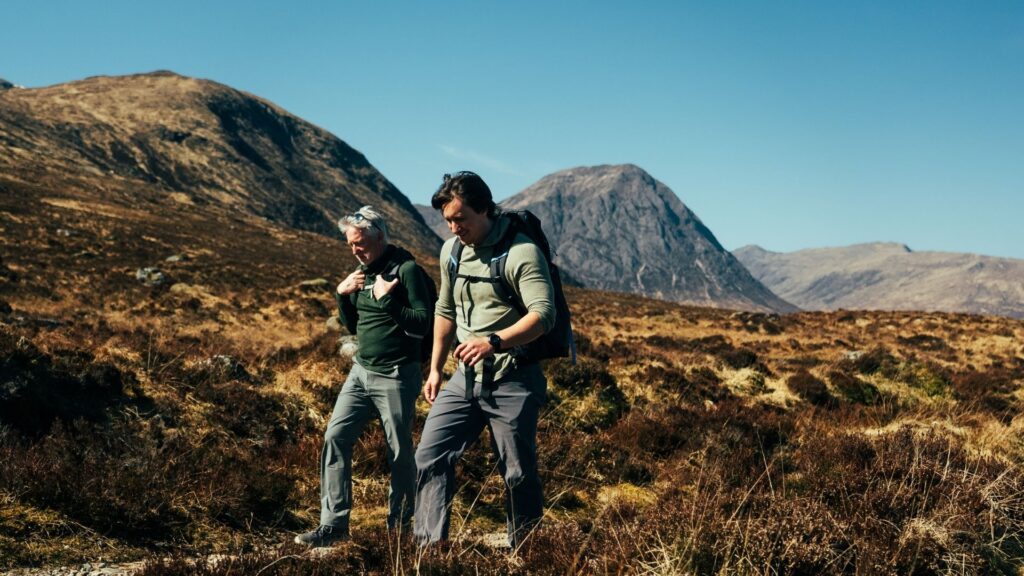
Food and Water Safety
Your gut biome is familiar with the food and water at home, and even if the local fare is technically safe, it might not sit well with your system. To stay healthy:
- Bring a Water Filter: I recommend products like the HydraPak filter bottle or the classic LifeStraw. Read a past article about water filters and purifiers. These allow you to filter both natural water sources and questionable tap water.
- Carry Emergency Food: Even if you're planning to eat in towns, always pack some dehydrated meals and a small camp stove. Plans change, and local food availability can be unpredictable.
Don’t deny yourself the fun of trying new foods—but you do want to take care of yourself, because nothing’s worse than being sick in the middle of nowhere.
Wilderness First Aid Training
A Wilderness First Aid (WFA) course can be a literal lifesaver. These certifications teach you how to treat injuries, illnesses, and emergencies when you’re far from help.
- Certifications expire Many of the lessons stay with you!
- Wilderness First Aid Training and Courses available by American Red Cross or the one made available by NOLS.
- Create a list of first aid items to pack in a travel first aid kit, get advice from a BackpackingTV video about Backpcking First Aid Kit Basics.
You’ll learn a lot about keeping yourself and others alive and okay in the wilderness.
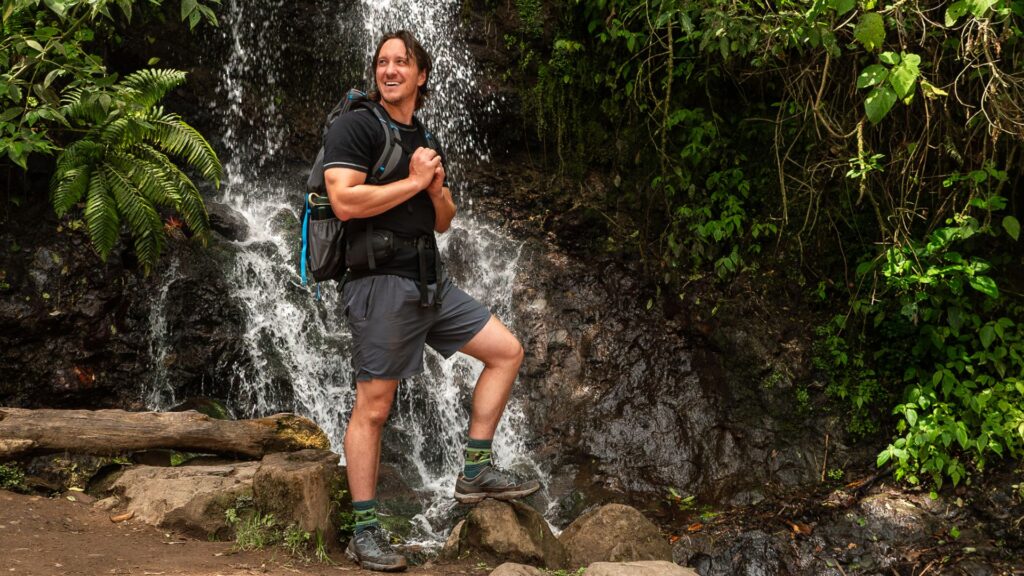
Money and Communication Preparedness
You can’t get food or water—or much else—without money.
- Carry local currency. Don’t rely solely on your credit or debit card. Machines fail, banks block foreign transactions, and card usage could become unavailable.
- Plan your phone usage. International roaming charges can pile up fast. Check your carrier’s travel plan options, or consider buying a local SIM card for longer trips.
- Don’t forget your adapters! Different countries = different outlets. A universal adapter can save your phone—and your trip.
Navigation and Getting Un-Lost
In many countries, trail systems don’t work like the long, well-marked routes we’re used to in North America. You may find fewer signs, more road crossings, or even confusing town-to-town segments.
- Carry a physical map if one is available. Watch a video about hiking maps vs hiking apps.
- Use GPS apps like AllTrails or OnX. With premium versions, you can download maps for offline use. GPS works even without cell service. Read my review of AllTrails+ vs Strava vs OnX.
- Watch a video guide to the region. For example here is a video guide to Scotland's West Highland Way or check out my video guide to George Washington and Jefferson National Forest.
- Travel Accident Insurance can cover extractions in the mountains or other high risk areas, check out Ripcord by Redpoint Travel Protection.
This can point you in the right direction even if you don’t have service—which is going to be an issue in many, many places.
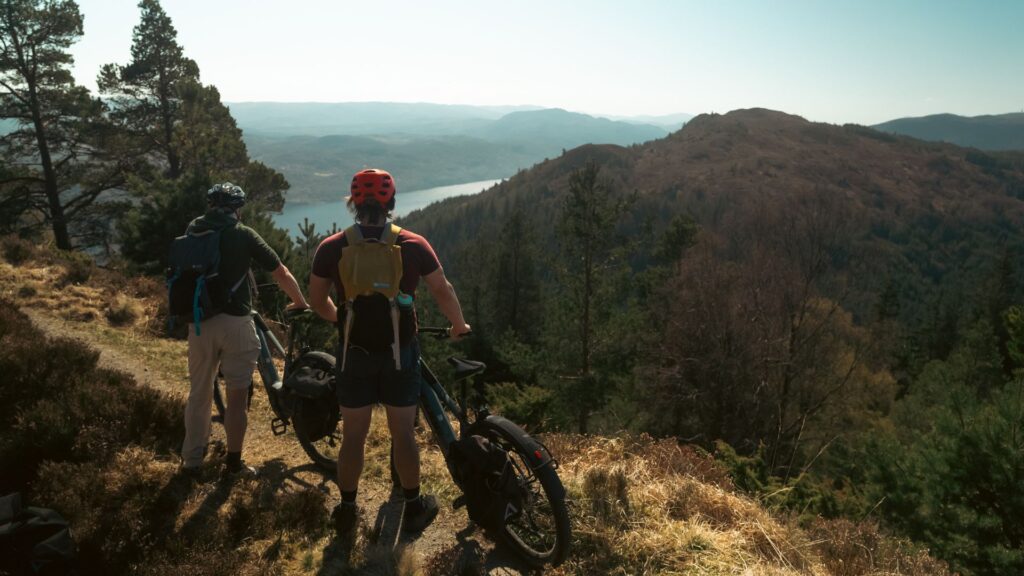
Visit a Travel Clinic
Before you head out, visit a travel clinic to get up-to-date on necessary vaccines and medications based on your destination.
- Info on local disease outbreaks can be found at Travel Clinics.
- Travel Clinics recommend vaccines like tetanus or flu.
- Malaria Pills or other prescriptions. They may also prescribe pills to prevent diseases like malaria if you're headed to high-risk areas.
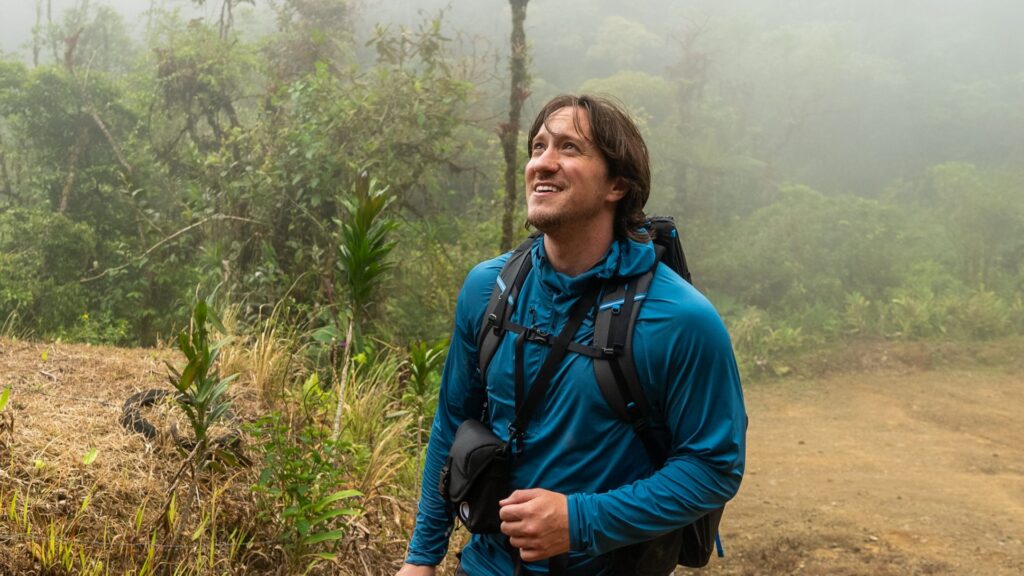
Know the Nearest Hospital
This is one of the most overlooked parts of international travel safety:
- Research the nearest hospitals or clinics to your trailhead or destination.
- Save their names, addresses, and phone numbers to your phone and on a physical emergency card in your pack.
- Give the Info to everyone, If you're traveling with others, make sure they also know where to go in an emergency.
- Travel accident insurance policies can cover medical expenses so be sure to check the policy before you travel.
Backpacking and Touring Internationally
International backpacking is an incredible way to experience the world—but it’s not without its risks. With a little preparation, travel accident insurance, the right gear, and the right mindset, you can minimize those risks and focus on what really matters: the adventure!
Even though your certification might run out… some lessons stick with you—and I’m extremely grateful for that.

Redpoint Travel Protection is a sponsor of BackpackingTV. And we couldn't be happier about it because whether we're exploring the backcountry or traveling the world, reliable insurance is a must.
Redpoint offers three tiers of coverage, but our audience will want to take a good look at the Ripcord package. It applies to “remote destinations with limited communications or medical facilities.” In other words, backpacking adventures!








